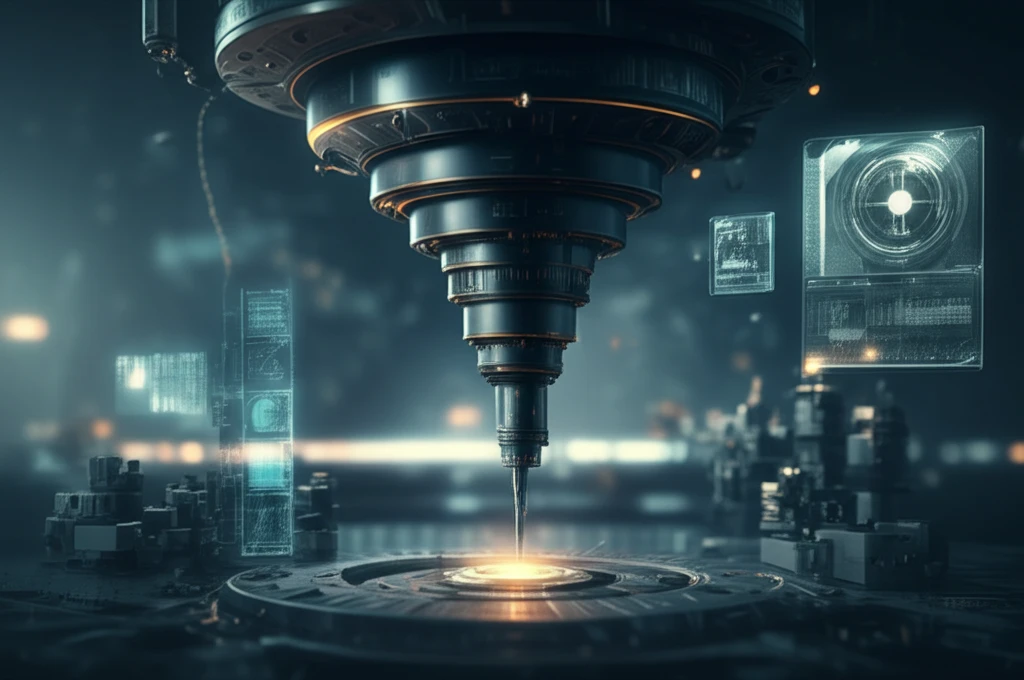
Precision Perfected: Revolutionizing Micro-Milling with AI-Powered Vision
"Unlock the future of manufacturing with AI-driven machine vision, ensuring every micro-cut is a masterpiece of accuracy and efficiency."
In today's high-tech landscape, where devices shrink in size but demand unparalleled precision, micro-milling has become indispensable. Think of the intricate components in your smartphone, the delicate instruments used in surgery, or the aerospace parts that demand absolute perfection. At the heart of this process lies the micro-milling cutter, a tiny tool with a colossal responsibility. But these cutters, often smaller than a human hair, are prone to wear and tear, making consistent quality a significant challenge.
Imagine trying to carve a sculpture with a toothpick – that’s the scale of precision we’re talking about. Traditional methods of monitoring these cutters are often indirect, relying on signals like cutting force or spindle power. These methods are akin to diagnosing a problem based on symptoms rather than seeing the root cause. Fortunately, the rise of machine vision offers a direct and highly accurate way to inspect these tiny tools.
This article delves into the innovative world of on-machine micro-milling cutter inspection systems, powered by machine vision. We'll explore how these systems are designed to automatically measure, analyze, and maintain the condition of micro-milling cutters with incredible precision, ensuring every cut is as perfect as the last. Get ready to discover how this technology is not just improving manufacturing processes, but revolutionizing them.
The Visionary System: How It Works

At the core of this revolution is a sophisticated system integrating on-machine inspection devices and intelligent controllers. These systems are designed to overcome the limitations of traditional methods by directly assessing the cutter's condition in real-time. Here’s a breakdown of the key components:
- Backlight for Contour Imaging: Essential for creating sharp, high-contrast silhouettes of the cutter.
- Front Light for Radial Surface Inspection: Illuminates the side of the cutting edge to detect wear and damage.
- Top Light for Axial End Surface Inspection: Provides a clear view of the cutter's end surface, where critical failures often occur.
- Pneumatic Unit for Protection: Shields the delicate imaging equipment from debris, moisture, and cutting fluids, ensuring reliable operation.
The Future of Precision Manufacturing
The integration of AI-powered machine vision into micro-milling is more than just an incremental improvement—it’s a paradigm shift. By providing real-time, accurate assessments of cutter conditions, these systems are enabling manufacturers to achieve unprecedented levels of precision, reduce waste, and optimize their processes. As technology advances, we can expect even more sophisticated systems that not only detect but also predict tool wear, paving the way for fully autonomous and optimized micro-manufacturing. The future of precision is here, and it’s powered by vision.
